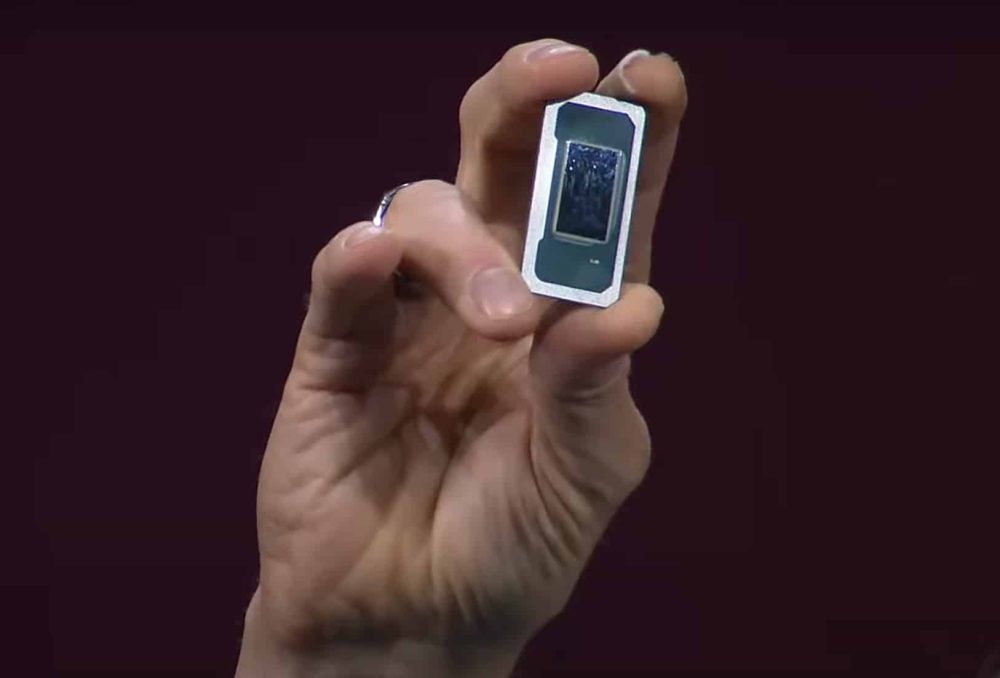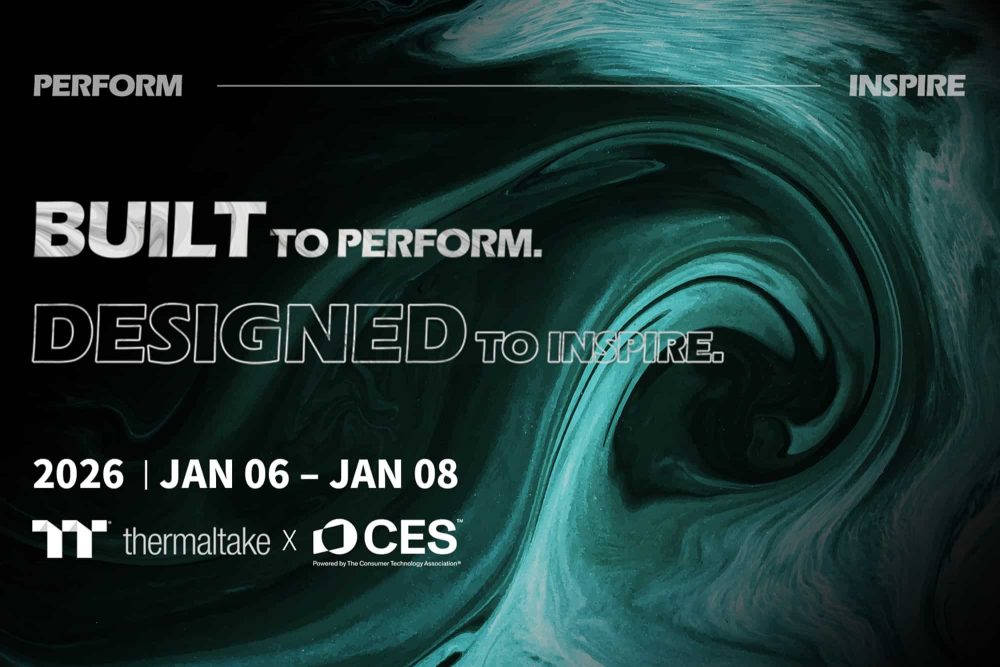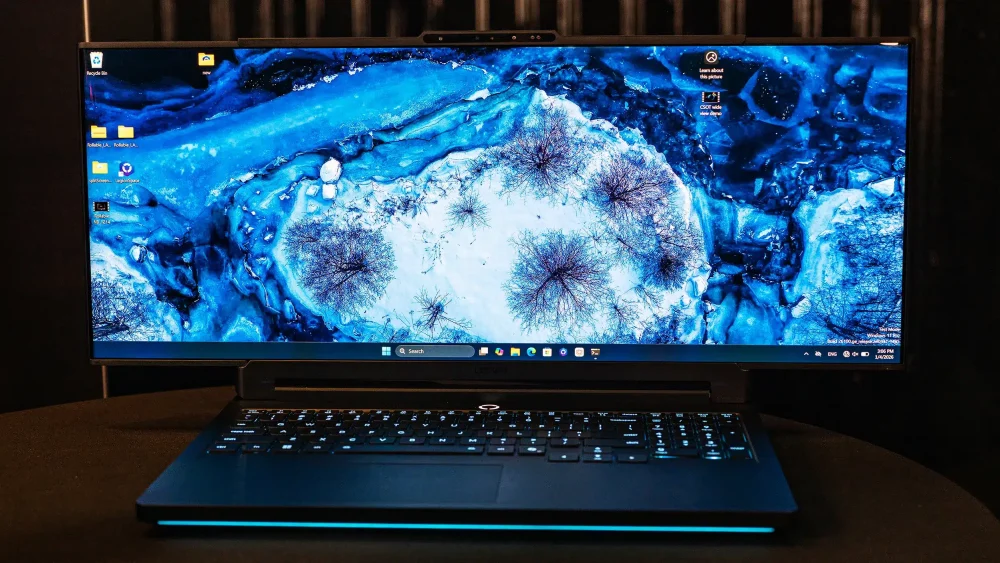Panther Lake debuts, TSMC rivalry intensifies, and Intel’s Arizona move sets the stage for a high-stakes semiconductor showdown.
Intel is taking the heat, literally and figuratively, to Phoenix, Arizona, where its 2025 Technology Tour will break tradition and make its debut in TSMC territory. This strategic location shift isn’t just about sunshine and cacti. It’s a declaration: Intel is ready to brawl in the foundry ring.
According to DigiTimes, the event slated for late September will serve as the launchpad for Panther Lake, Intel’s first CPU built on the much-hyped Intel 18A process. With promises of RibbonFET transistors and PowerVia backside power delivery, Panther Lake isn’t just a chip; it’s Intel’s message to AMD, Apple, and TSMC: We’re back, and we brought silicon with teeth.
Why Phoenix? A Calculated Strike
Intel isn’t just showing off its tech. By choosing Phoenix, home to TSMC’s sprawling U.S. fabs, the company is drawing a silicon line in the desert sand. The symbolism is clear: Intel isn’t content playing defense, it wants to compete directly with the Taiwanese foundry titan on U.S. soil, using U.S.-built chips.
Intel’s foundry arm, reborn under the Intel Foundry Services (IFS) banner, will also take the spotlight. Expect updates on the 18A and 14A process nodes, as well as 3D packaging innovations, and potentially a few surprises in the form of ecosystem partners aligning with Intel’s vision for a more diversified global supply chain.
Panther Lake Roars, Arrow Lake Refresh Prowls
At center stage is Panther Lake, a next-gen client processor expected to lead Intel’s performance push for 2025. Built on the advanced 18A node, Panther Lake may finally offer the power efficiency and raw compute muscle needed to claw back market share from Apple Silicon and AMD Ryzen CPUs.
Alongside Panther Lake, Intel is preparing a refreshed Arrow Lake-S lineup, a 15th Gen desktop CPU update running on the Intel 20A node. It is reportedly set to feature faster clock speeds and an upgraded neural processing unit (NPU) to support Copilot+ AI experiences, while maintaining compatibility with LGA 1851 and the 800-series motherboard platform.
Graphics and Workstation Play: Arc and Granite Rapids-W
Intel’s discrete GPU ambitions will also be on display. The BMG-G31 GPU, part of the Arc B-series family, is expected to be unveiled alongside new embedded graphics solutions. These chips aim to push Intel further into the mid-to-high-end GPU space, challenging AMD’s Radeon and NVIDIA’s GeForce offerings.
In the workstation space, Granite Rapids-W, built on Intel 3, is expected to deliver serious compute firepower to professionals and creators. With improved core density and cache architecture, this chip will support AI, rendering, and simulation workloads that once leaned heavily toward AMD’s Threadripper and EPYC platforms.
Server Domination: Clearwater Forest, Diamond Rapids & Jaguar Shores
For the data center crowd, all eyes are on Clearwater Forest, Intel’s upcoming Xeon CPU built on Intel 18A. It’s designed to deliver new levels of performance-per-watt efficiency, critical for hyperscalers and AI data centers.
Meanwhile, whispers around Jaguar Shores, Intel’s AI-focused GPU, and Diamond Rapids, the anticipated successor to Granite Rapids in the Xeon lineup, hint at Intel’s broader ambitions. If even teasers of these products surface, it’ll be a signal that Intel is making a concerted effort to regain relevance in AI acceleration and enterprise computing, a space currently dominated by NVIDIA and AMD.
Make or Break in the Desert
With over 8,000 SharePoint servers compromised in a recent cyberattack and global semiconductor competition intensifying, Intel’s Arizona showcase arrives at a moment of both opportunity and urgency.
This isn’t just another product launch. It’s a referendum on Intel’s dual identity: as a chipmaker and a foundry. Panther Lake and Clearwater Forest must deliver not just benchmarks, but belief. Intel’s Phoenix move is bold, but in the fast-shifting semiconductor battlefield, bold is the new baseline.
The question now: Can Intel walk the walk in TSMC’s backyard?


